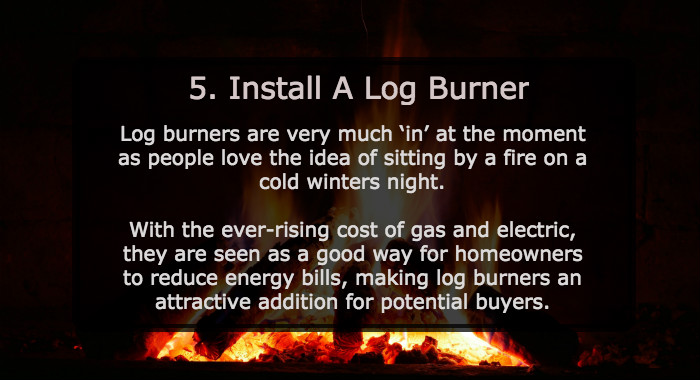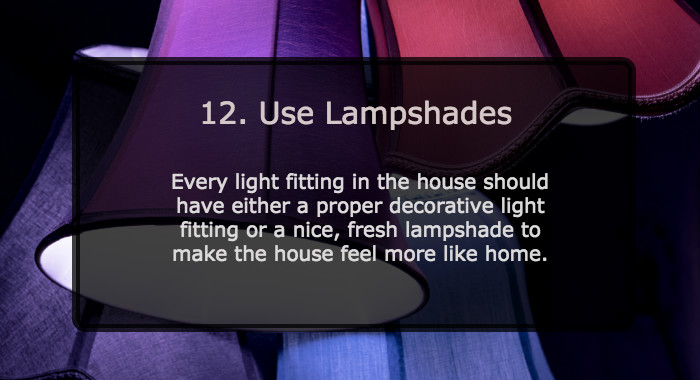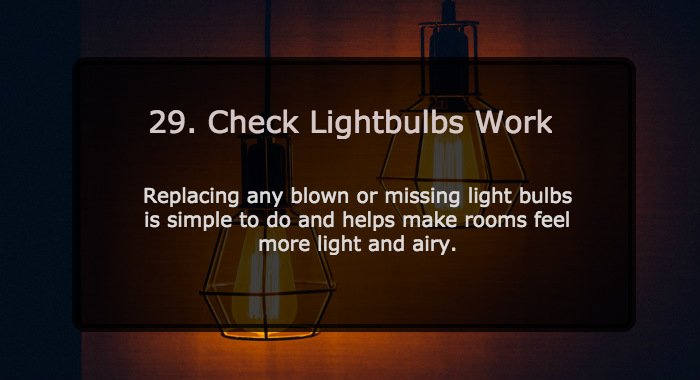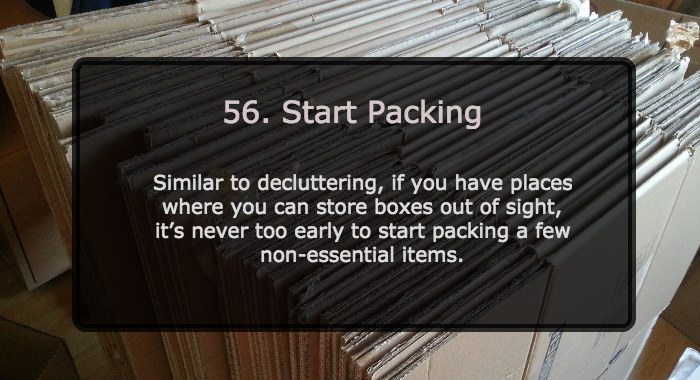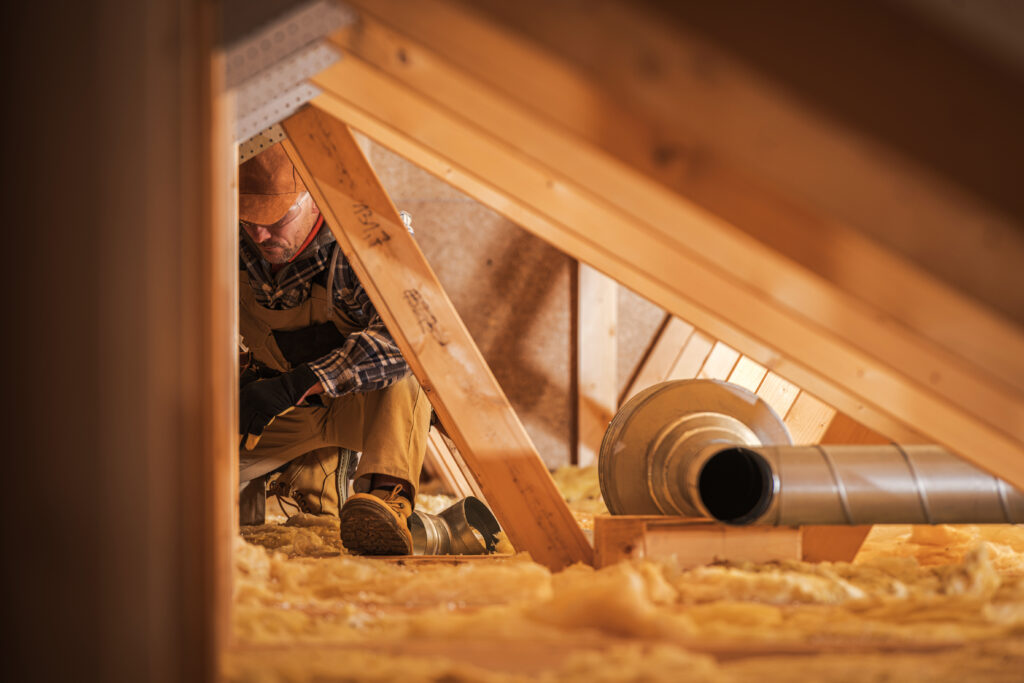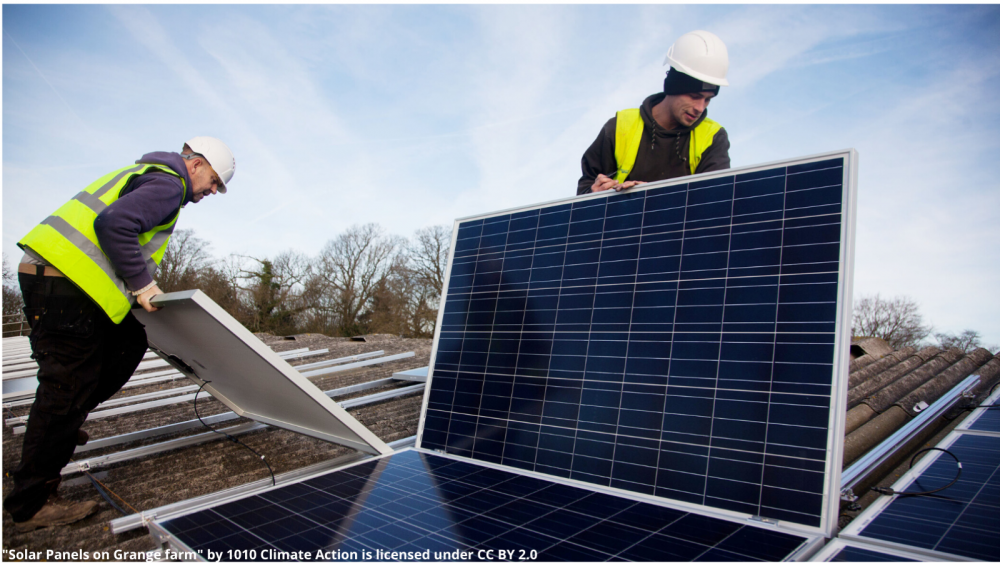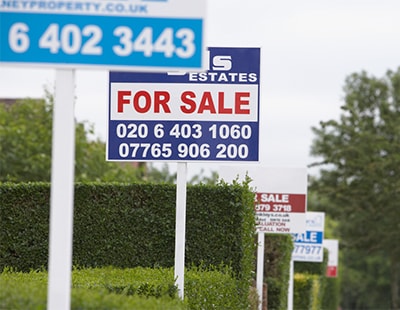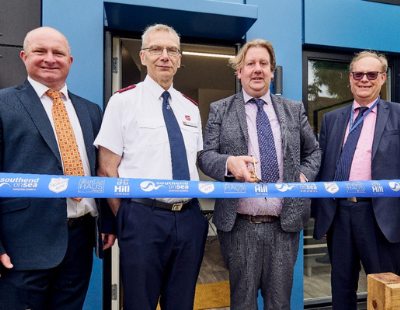You may not like landlords but we need them
Sounds of wailing and gnashing of teeth drift down from the rooftops. They are emitted by landlords, not a social group as likely to evoke pity as are widows and orphans. They nonetheless feel embattled, threatened with legislation to end so-called no-fault evictions, together with increasing taxation. They warn of a contraction of the housing rental market, even as millions of people are unable to buy.
They point to the example of Scotland, where similar legislation and a rent freeze have provoked just such a shrinkage. In February the Scottish Association of Landlords claimed a 50 per cent year-on-year reduction in properties being marketed to let, which it largely attributed to the SNP government’s policies.
This is an issue that touches almost all of us, as lessors, lessees or parents of children who rent. Whereas in 1988 (all the figures below are government-sourced) just 9 per cent of householders were private tenants, today that figure has doubled because of the pincer consequences of the sell-off of the public housing stock together with soaring purchase prices.
A friend laments that his daughter, aged 32 and earning £120,000 a year, cannot afford to buy. Another friend describes how his daughter, a medical student, has suffered miseries at the hands of an owner unwilling or unable to mend a broken boiler. It is terrifying to read that the average 2021 monthly rent in London was £1,597, compared with £572 in the northeast.
Since 4.4 million UK households occupy rented accommodation, the government’s summer white paper A Fairer Private Rented Sector made front pages. Because most British people, unlike Europeans, rent only from necessity rather than choice, they feel imprisoned by their predicament and, not infrequently, by their landlord.
The Renters’ Reform Bill inspired by Michael Gove, the levelling-up secretary, looks like a vote-winner which the homelessness charity Shelter applauds as a game-changer for tenants. Last month ministers promised that the measure will be introduced in this parliament.
Yet there is another side of the story. Precisely because property is so widely unaffordable, a healthy private rental sector is indispensable. As are landlords. If legislation bears down too heavily, some at least will abandon letting, sustaining the current upward pressure on rents caused by shortage of supply.
Landlords point to the paralysis that overtook the pre-Thatcher market, when it was almost impossible to evict tenants in rent arrears, a situation ended only by her 1988 Housing Act. They argue that if the weight of regulation continues to increase, those bad old days will return. They instance the ever-more rigorous requirements for energy performance certificates and the costly health and safety standards that do not burden owner-occupiers.
Many landlords already experience difficulties and, above all, long delays in expelling antisocial or non-paying tenants. A contested eviction can cost £3,000-plus in legal fees, along with many months of lost rent. If an owner behaves decently and performs necessary maintenance, it is hard to get rich out of most lettings. There is no special virtue in small landlords as against big ones because the former often lack the support machinery to maintain properties efficiently.
My wife is one of 43 per cent of all landlords who lets just one property, her former home. This yields a modest net return, considerable worry and once, a few years ago, serious pain. A solicitor who had heard of me telephoned to ask if we had just sold a house in Fulham. No, I responded. Odd, he said: somebody had certainly disposed of such a property in our name. We proved to have been early victims of what became a notorious scam. A crook had rented, paid an accomplice to secure a passport in my wife’s name, “sold” the house and vanished.
Fortunately for us, the Land Registry had not endorsed the sale but the buyer’s six-figure payment vanished for ever to Dubai. We challenged the failure of the letting agent to smell a rat, not least when the “tenant” whom they had recruited paid thousands in cash. They shrugged that they were mere rent collectors. Nothing to do with us, guv. The firm proved reluctant even to surrender the tenant’s deposit to make good the mess.
That was an extreme case but the small minority of bad tenants — one owner suggests that they constitute 5 per cent of the total — inflict serious loss. He says: “We love good tenants, but the defaulters can cost a fortune.” The same friend, one of the 18 per cent of landlords that have five or more properties, feels ground down by ever-more demanding health and safety requirements, and ever-increasing restraints on getting problem cases out.
The proposed legislation will allow tenants to appeal against rents to a tribunal which will have power only to lower, not to increase, amounts, thus granting appellants a free pass. The government promises to end automatic rent review clauses in leases and to tighten lending criteria for buy-to-let mortgages.
Those of you who have read thus far may still not be shedding tears for persecuted landlords. Why not? First, because property owners are by definition “haves”. Meanwhile, unless one lives in Eaton Square or Wimpole Street on one of the huge, fat aristocratic Grosvenor, Cadogan or Howard de Walden estates, many tenants are relative have-nots.
Next, we feel guilty about the estimated 2.8 million people who live in “desperately low-quality homes”, to quote the white paper. We also know that, historically, the landlord-tenant relationship was tilted too heavily in favour of the former.
At regular intervals, cases hit the headlines of tenants monstrously treated by extortionists, latter-day Peter Rachmans. Statistically, these are few, because the law provides the protection absent in the 1960s. Each such story, however, feeds the characterisation of landlords as oppressors of the vulnerable.
Having read most of the white paper and talked to rival advocates in this debate, there seems merit on both sides, as is the case with almost all vexed issues. Whitehall appears in danger of overreach, however; of so overloading landlords’ regulatory burden that ever more turn to the Airbnb option as an alternative to long-term lets. In the government’s eagerness to please millions of tenants and their lobbies, it may neglect the fact that landlords also need rights in order to stay in business.
Successive governments flunk the core problems. Foremost is the national housing shortage, much influenced by indulgence of elderly voters’ nimbyism. Gove, introducing his white paper, spoke of a need to “support the vast majority of responsible landlords who provide quality homes”. Yet the planned legislation promises a degree of tenant protection that can scarcely fail to squeeze the rental sector even as mortgage interest rates rise, worsening the unaffordability of purchase. We need more, not fewer, private landlords.




